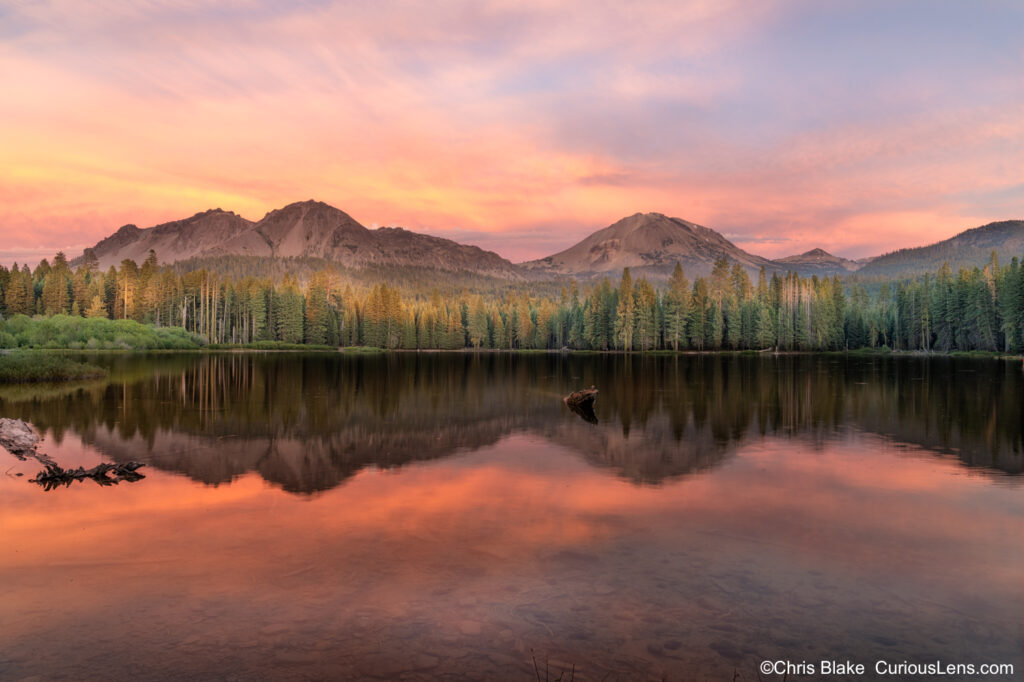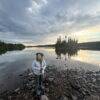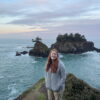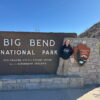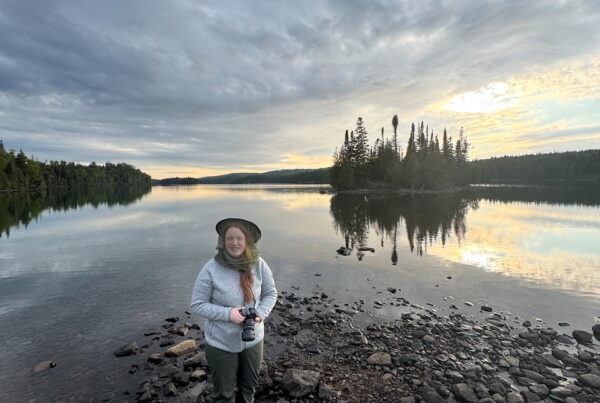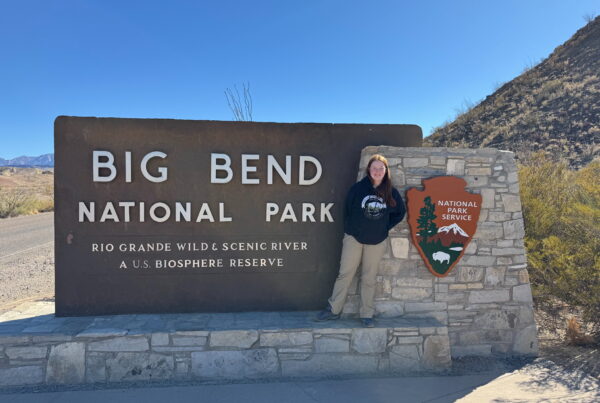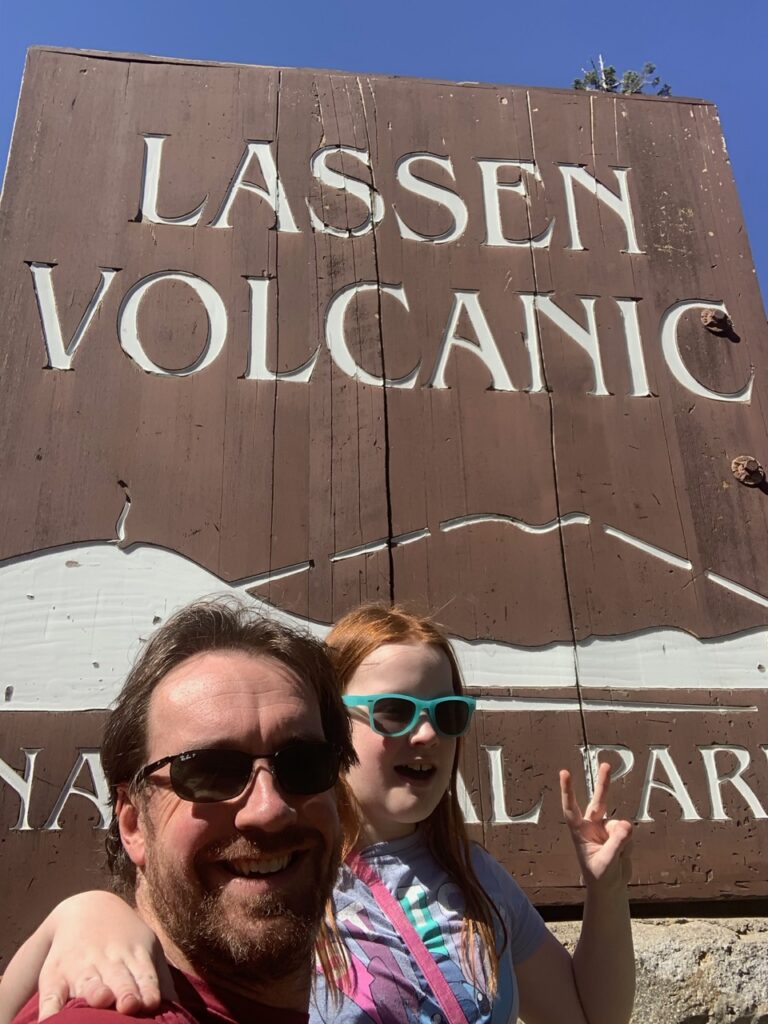
In mid-August, Cami and I embarked on another westward journey, taking a long flight from Boston to San Francisco to explore two more of America’s National Parks. Our first destination was the captivating Lassen Volcanic National Park.
Nestled in northeastern California, Lassen Volcanic National Park originally comprised two separate national monuments—Cinder Cone and Lassen Peak—designated by President Theodore Roosevelt in 1907. It was officially established as a national park in August 1916. Despite its official status, the park remained challenging to access for many years.
The main road, which visitors use today, was constructed between 1925 and 1931, soaring to an elevation of 8,500 feet. The road can accumulate up to 40 feet of snow in winter, making summer and fall ideal seasons for a visit, although the park is accessible year-round with limited winter travel by car.
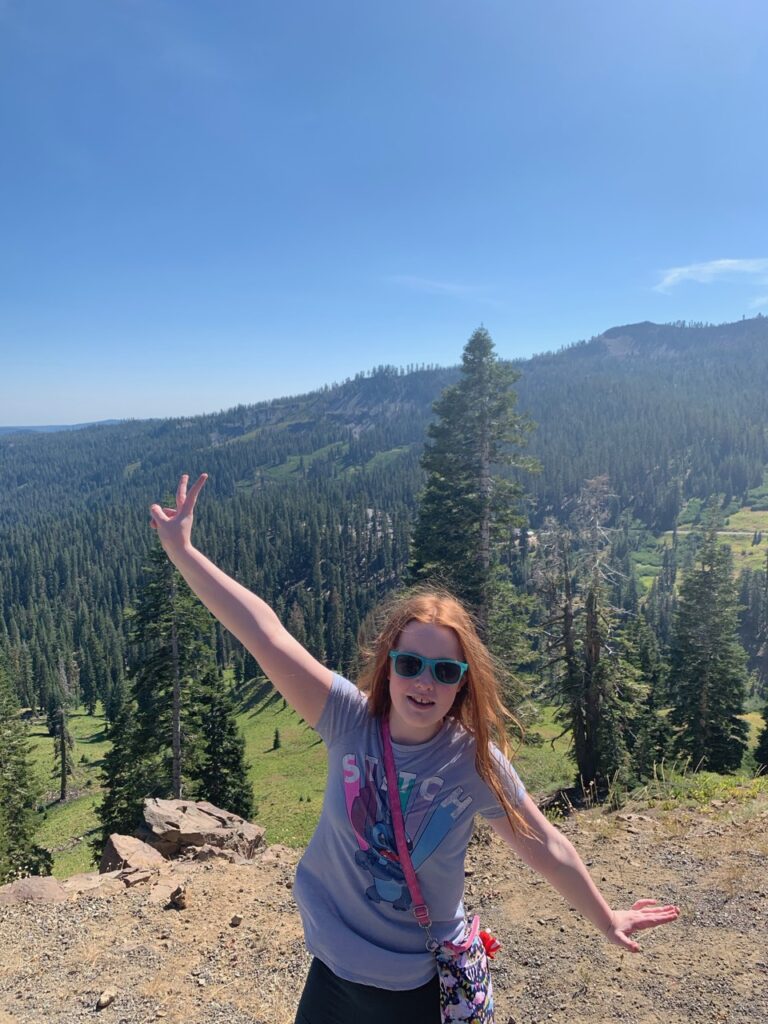
A highlight of the park is Lassen Peak, one of the world’s largest plug dome volcanoes, which stands at 10,457 feet above sea level. This southernmost volcano of the Cascade Range sits alongside the remnants of Mount Tehama, a once-mighty volcano that stood over 1,000 feet taller than Lassen before its catastrophic collapse around 500,000 years ago.
Lassen Volcanic National Park is one of the few places on Earth where you can see all four types of volcanoes: plug dome, shield, cinder cone, and stratovolcano. The area is still volcanically active, featuring sulfur vents, boiling mud pots, fumaroles, and hot springs. Lassen’s last eruption occurred between 1914 and 1924, with the aftermath still visible in the “devastated area” along the drive through the park.
The park spans a vast area with both paved and unpaved roads, leading to myriad natural attractions. We stayed in the quaint town of Chester, CA, which provided convenient access to the park’s various sectors and local amenities.
Beyond its volcanic landscape, the park offers 21 volcanoes, numerous lakes and ponds, lush fields, and extensive geothermal areas to explore. Our adventure included a hike up the Cinder Cone volcano, located in the park’s northeast corner in the Butte Lake area. The trail is generally flat until the cone itself, where it becomes a challenging 850-foot climb over loose volcanic rock, akin to ascending a rock-laden sand dune. The effort was rewarded with breathtaking views from the top, overlooking the vibrant Painted Dunes, Butte Lake, and the surrounding landscape.

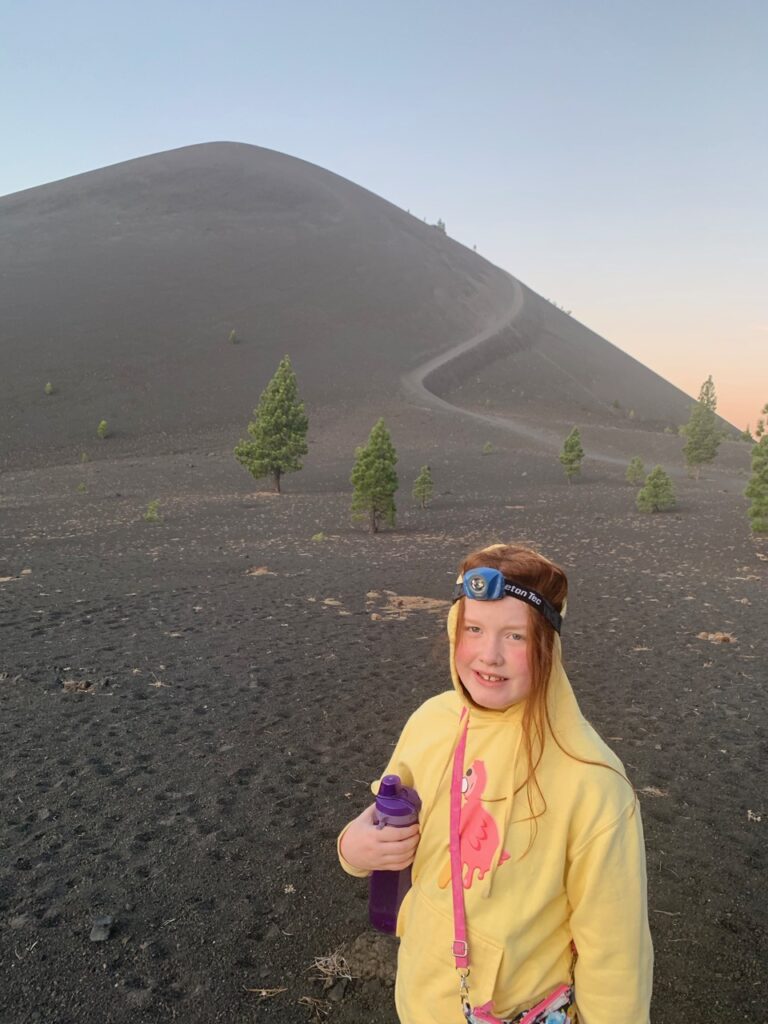
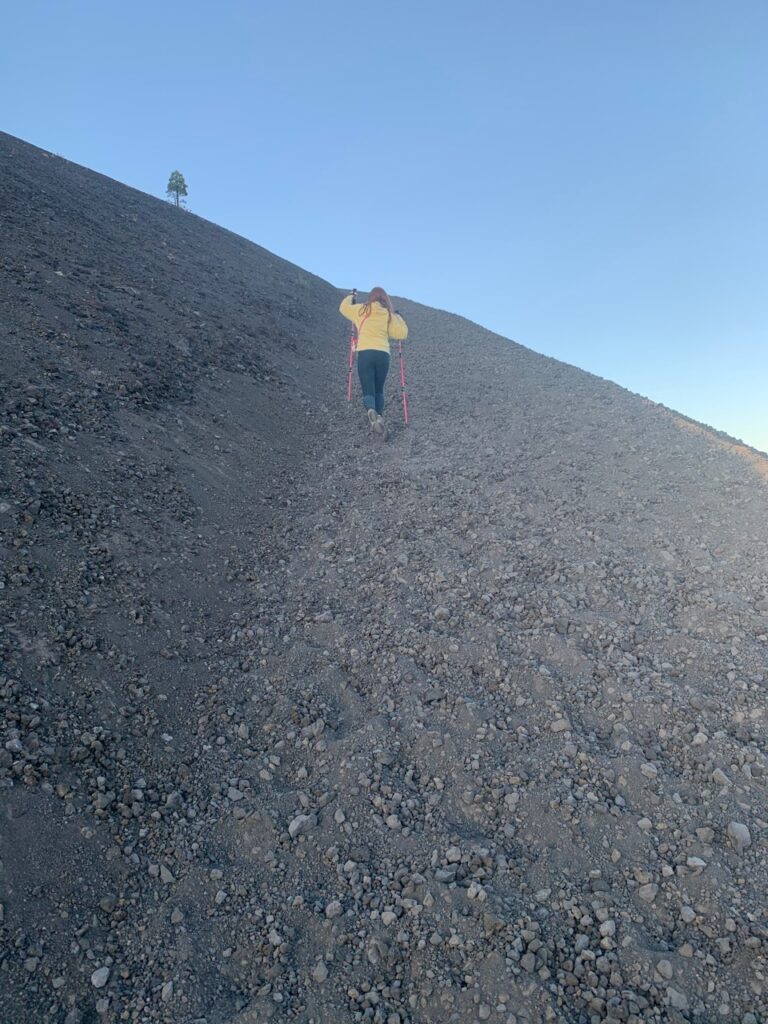
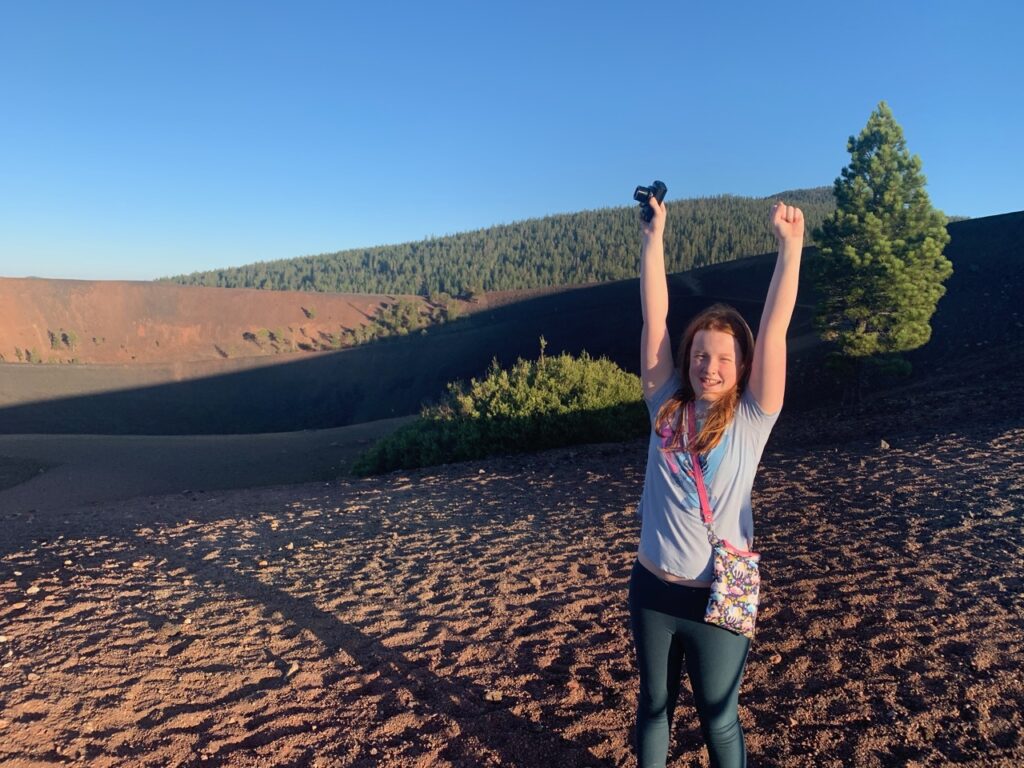
On our return, we admired the Fantastic Lava Beds, formed by basalt lava flows from the base of the Cinder Cone, which created Snag Lake and Butte Lake by damming local creeks.
Our journey also included stops at the Kohm Yah-mah-nee Visitor Center for park memorabilia and ice cream, and a visit to the Sulphur Works, where we explored volcanic vents and bubbling mud close to the main road.
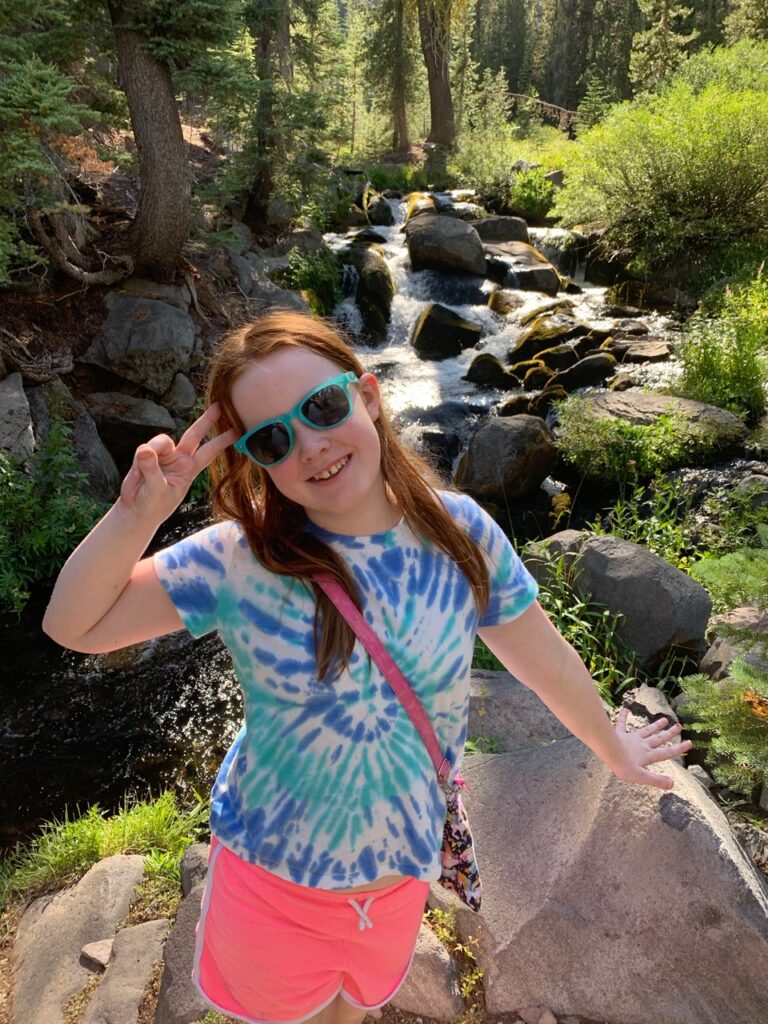
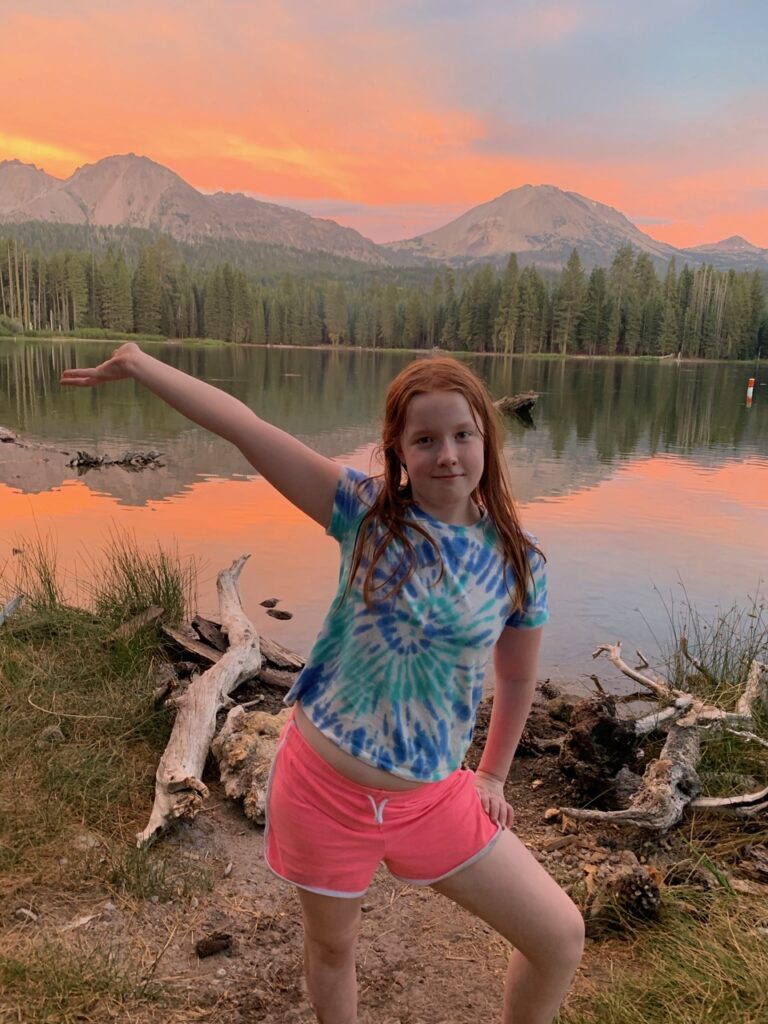
One memorable evening was spent in Kings Creek Meadow, witnessing a spectacular sunset with Cami. The next day, we hiked to Kings Creek Falls, a series of beautiful waterfalls accessible via a scenic loop trail with cut rock steps.
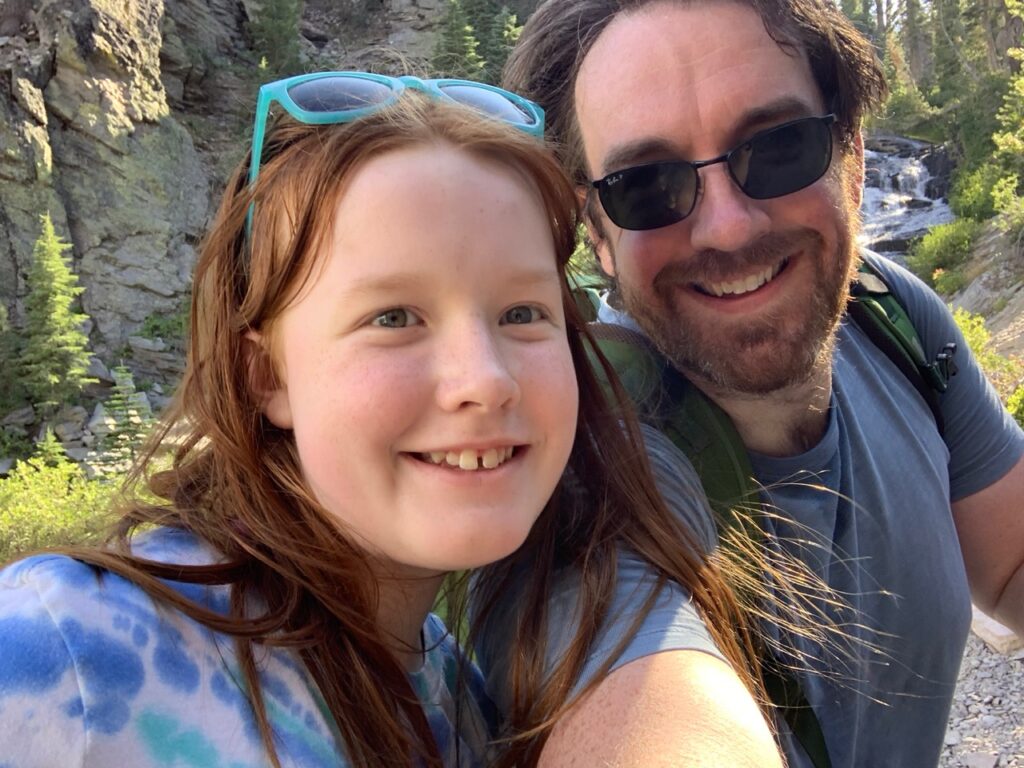
We also enjoyed the serene beauty of Manzanita Lake at sunset, reflecting the mountainous backdrop. Other highlights included exploring the trails around Emerald Lake and Lake Helen, where we captured the night sky during a meteor shower, thanks to the perfect darkness provided by the late moonrise.
Although we missed hiking the popular Bumpass Hell trail due to timing, it remains a top priority for our next visit.
Our first experience in a volcanic national park was truly unforgettable, filled with stunning landscapes and geological wonders that left us eager for more adventures in these dynamic environments.
